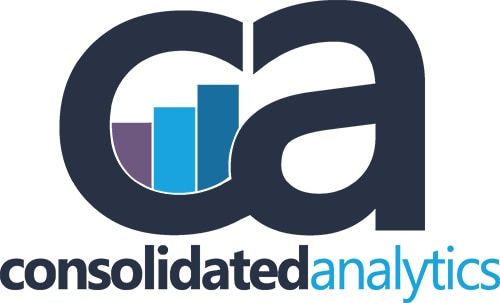If you are an investor who plans to fix and flip, buy and hold, or rent real estate property, preparing your property and your tenant(s) for an angry mother nature is essential. Extreme weather can occur anywhere, but certain areas (Atlantic & Gulf coastal areas come to mind), are more prone to storms. If your real estate property is where the threat of hurricanes or heavy wind, hail rain, and lightning are the norm, there are several steps you can take to protect your property and tenant (when applicable).
Proactive Property Management Protects the Value of Your Investment. There are some proactive things you can also consider which can increase the value of your investment while protecting it in the event of a severe storm or hurricane. Here are a couple of key tips to keep in mind when investing in real estate property in weather-prone areas:
Know your risk and put protections in place. Check your flood risk by visiting the FEMA website which offers FEMA flood maps and helps you monitor current disasters in your area. Understanding weather-related risk will help you understand and communicate disaster preparedness information, insurance options, emergency repair contacts, and exit routes to your tenants or occupants. Stay tuned for future blogs on tenant communications!
Check for hazards and vulnerabilities at the property including damage to the structure and hazards in the surrounding landscape. Sometimes existing damage can act as clues to vulnerabilities. If typical wind and rain caused minor damage to the property, a major storm will prove devastating. Additionally, in high-wind weather, unstable trees can fall or lose limbs which could pose a risk to your property and individuals. If you are unsure about the risks, invite a local arborist to evaluate.
Consider impact-resistant windows and doors or a shutter protection system for homes in hurricane-prone areas. Impact-resistant windows offer property owners protection against winds up to 200 miles per hour, while shutters prevent the labor-intensive task of boarding up windows in an emergency. If you do not opt for a shutter system or a window upgrade, consider having the necessary materials to board up windows on-site so that they are readily available to use if a severe storm is approaching.
Check for issues on the property. Poor drainage can create issues with your sewage system flooding, and possibly backing up into your dishwasher and indoor plumbing, which would literally stink. It can also cause flooding and create foundational issues. Check to ensure your drainage is carrying rainwater away from the property. If there is a risk of flooding, consider installing backflow sewer valves, French drains, culverts, and landscaping to keep water away from your foundation.
Make sure your gutter system is in good condition by ensuring gutters are free of debris and that downspouts are positioned correctly to guide rain away from the foundation. The simple act can prevent a range of challenges such as property flooding and foundational issues; roof rot or damage; and critter entry. The cost of managing your gutter system is far less than the cost of roof or foundation repair.
Increase roof protection by ensuring your soffits are properly installed. Heavy winds bring heavy rains from all directions. If soffits are not properly installed, it can cause moisture to build up and cause mold in the attic. A few common suggestions include ensuring that 1/4 soffits are vented to ensure good circulation and airflow and using heavy aluminum which offers better protection against wind and rain.
Check your garage door rating. Depending on your property location and wind/weather patterns, hurricane rated garage doors may be a worthy investment. Hurricane resistant doors have layers of steel that are typically sturdy to withstand strong winds and are less likely to collapse during a hurricane. When investing in a garage door, assess the material’s strength, check the “R Rating,” and look for weather sealing at the bottom of the door which will prevent water and dirt from seeping in.
Elevate major systems (electrical, heating, air). Electrical systems, HVAC, air conditioning units, plumbing systems are often installed in the lower levels of the home, such as basements, or outdoors. In flood-prone areas, property owners can install block platforms to elevate air conditioning units outdoors, protecting them from standing water. Other strategies to relocate or elevate energy units are detailed in this helpful FEMA document.
Consider lightning protection. Lightning is a powerful thing, and when it strikes, it goes for the most direct path to the ground (and that path might be your home’s electrical system). If the metal in your electrical system gets too hot from lightning, surrounding materials may catch fire. While lightning protection systems are not the first thing property owners think to do, it is certainly worth considering. By installing a whole-house surge device or other lightning protection systems, you will lessen the risk of fire, protect your devices, and likely increase the value of your home.
Lastly, winterize your property. Cold weather can do a number on your plumbing, especially went the heat is off for extended periods. If your pipes freeze, cracks may form and cause your pipes to burst, leaving you with significant property damage, crazy-high repair bills, and disruption to day-to-day needs such as dishes, laundry, showers, etc. To prevent damage to a property (especially if it is unoccupied or unheated), consider winterizing the property using insulation, weather stripping, and other common strategies (stay tuned for a blog on this topic).
Possibly, the most important thing you can do as a property owner or rental property owner is communicating. Whether you are communicating directly with rental occupants or you, as the owner, are communicating with the local community, access to information can help you act quickly to protect and respond to weather-related risk in your area.
